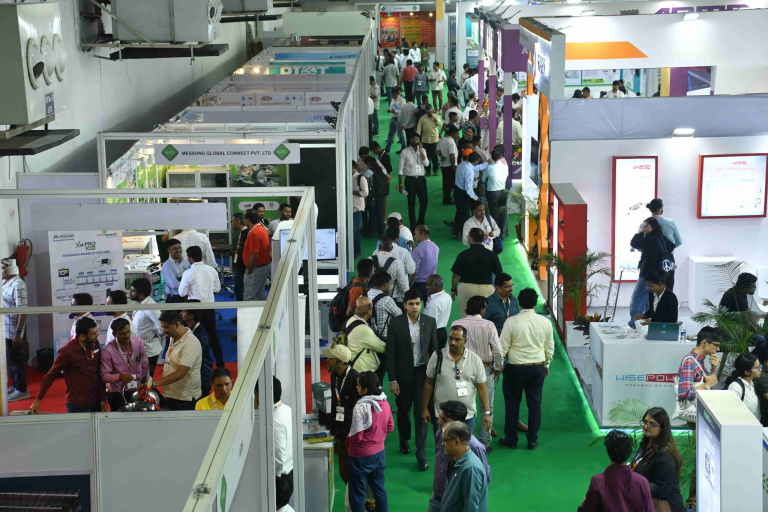
Dog Removal Order
The Supreme Court’s recent directive to capture and permanently shelter all street dogs in Delhi-NCR within eight weeks may have been born from a concern for public safety, but it risks becoming a judgment that contradicts law, science, and India’s own moral, Dharmic and cultural tenets and traditions. If implemented as it stands, it will harm the very cause it claims to serve.
The Law is Already Clear — and Speaks Clearly
India already has a tested and legally binding framework to address the street dog issue: the Animal Birth Control (Dogs) Rules, 2023, issued under the Prevention of Cruelty to Animals Act, 1960. These rules — refined over decades of field experience — lay down the catch–sterilise–vaccinate–return (CSVR) method as the only lawful, sustainable approach.
This position is backed by a series of binding judgments:
● Animal Welfare Board of India vs. A. Nagaraja & Ors. (2014) — The Supreme Court recognised animals as sentient beings entitled to a life of dignity under Article 21 of the Constitution. It interpreted Article 51A(g) as a fundamental duty of every citizen to show compassion to all living creatures.
● Animal Welfare Board of India vs. People for Elimination of Stray Troubles & Ors. (2016) — The Court stayed any mass culling or removal of street dogs, stressing adherence to ABC Rules.
● Gauri Maulekhi vs. State of Uttarakhand (2018) — The Court reaffirmed that ABC Rules have statutory force and must be strictly implemented.
● Municipal Corporation of Greater Mumbai vs. People for Ethical Treatment of Animals (2018) — The Bombay High Court held that sterilised and vaccinated dogs must be returned to their original territories, citing the “vacuum effect” recognised by the WHO.
By ordering permanent removal and relocation into shelters, the present directive risks directly contradicting this established jurisprudence. If the judiciary begins to disregard its own precedents, the rule of law will erode with time.
Why Science Rejects Mass Displacement
The World Health Organization (WHO) and the World Organisation for Animal Health (OIE) have a long history of documenting relocation failures and the reasons for it
- The Vacuum Effect — Remove dogs from one area, and others move in to take their place, often unvaccinated and unsterilised, leading to a rebound in population within months. The Hon court could have consulted the animal activists who know this very well instead of demeaning them
- Rabies Control Disruption — The WHO’s Global Rabies Elimination Blueprint recommends maintaining at least 70% vaccination coverage in a given territory. Displacement resets that coverage to Nada and can only be achieved through a dedicated vaccination programme run efficiently through a partnership between state and Animal activists.
- Shelter Realities in India — Our shelters are already overcrowded, underfunded, and often lack veterinary supervision. Relocating tens of thousands of dogs into such facilities is a recipe for disease outbreaks, malnutrition, and neglect — turning a public safety issue into an animal welfare crisis. Also under such duress animals are bound to attack each other and cause tremendous suffering.
Global examples (deliberately not citing examples from the developed world) prove this:
● Nepal abandoned mass removal in Kathmandu after rabies cases increased when vaccinated dogs were displaced.
● Mexico City saw success only when it replaced removal with community-based sterilisation and vaccination.
● Sri Lanka achieved a dramatic drop in rabies deaths by following ABC principles nationwide.
Cultural and Constitutional Conscience
This is not just a matter of law and science — it is also about who we are as a people. India’s Constitution envisions compassion as a civic duty. Our civilisation and our Dharmic traditions celebrates coexistence:
● Lord Shiva as Pashupatinath, protector of all beings is the pivot around which our culture evolves.
● Lord Yudhishthir- The Dharmraj refuses to enter Swargalok( heaven) without his faithful dog.
● Saint Namdev receiving the vision of Lord Vitthal through the service of hungry dog is depicted as a pinnacle to Sewa
● Lord Bhairav, always depicted with his canine companion- are just a few glaring examples of what our Dharmic traditions stand for
To exile these animals en masse, especially just before Shraddh Parv — when millions of Hindus take out food for stray dogs as an act of ritual honour — is to injure both our legal ethics and our cultural soul.
Logistics and Ethics — The Human Reality
Delhi-NCR has an estimated stray dog population in the hundreds of thousands. To capture, shelter, and feed them for life would require not only a colossal budget and infrastructure but also an army of trained staff. How can we really believe that the eight-week timeline is feasible? This will simply lead to hasty, inhumane capture operations, unregulated shelter conditions, high mortality, and increased human–animal conflict when displaced dogs fight for new territories. And the public safety risks that motivated the order will remain unsolved.
A Smarter, Lawful, and Humane Path Forward
The answer is not new — it is the very system already in place, but fails due to poor implementation and inadequate state support
● Rapid sterilisation and vaccination drives, reaching WHO’s 70% target in each ward.
● Waste management reform to reduce food sources for unsterilised dogs.
● Community mediation to balance feeder–resident interests and prevent conflict.
● Strict enforcement against abandonment and cruelty — punishing human negligence, not canine existence.
Justice Without Compassion is Incomplete
The Supreme Court’s moral authority rests not only in upholding law but in doing so with humanity and the principles of ‘Sarve Bhavantu Sukhina’. A ruling that disregards both established legal precedent and scientific consensus risks harming its own citizens, animals, and above all the Court’s own legacy.
We have a tested, lawful, and humane system. It needs strengthening, not replacement. Permanent displacement is a proven failure- Coexistence, backed by vaccination and sterilisation, is the only approach that will save both human and non human lives.
India can — and must — choose the path of science, law, and compassion. Anything less will be remembered as a tragic travesty in the name of justice.





